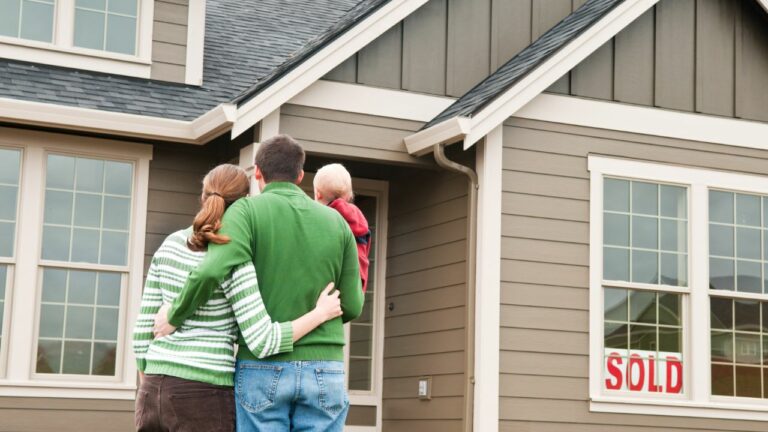
[ad_1]
New Zealand first-home buyers have capitalised on lower property prices and other incentives, making up more than one-quarter of property purchases.
CoreLogic’s First-Home Buyer Report found that first-home buyers (FHB) accounted for 26 per cent of purchases in the first quarter of 2024, well above the long-term average of 21 per cent.
NZ Chief Property Economist Kelvin Davidson said first-home buyers had taken advantage of the low-deposit lending allowances at the banks, using FHB grants and loans, and in some cases compromising on location or property type in a bid to buy.
“Throughout all of these market changes, one constant factor in recent months has been the continued strong presence of first home buyers,” Mr Davidson said.
FHBs are paying less for more in 2024, with the median price falling to $695,000 in Q1 2024, down from $699,000 last year, and $715,500 in 2022.
“That’s despite standalone houses, bigger properties, representing a higher share of FHB purchases this year, which essentially signals that FHBs are getting ‘good deals’ in the current conditions,” Mr Davidson said.
He also said while the median FHB price might be lower than the market more broadly, however, they’re often not buying the cheapest properties.
“The price being paid by FHBs is significantly higher than the lower quartile, or bottom 25 per cent, of all buyers, where the median price is $565,000,” Mr Davidson said.
“It shows that the ‘typical’ FHB doesn’t always enter at the bottom of the market and work their way up.
“Many actually enter the market well above the ‘bottom rung’ of the ladder.”
The national trends can also be seen at a more granular level with data across Auckland, Hamilton, Tauranga, wider Wellington, Christchurch, and Dunedin recording FHB activity above long-term averages.
FHBs made more than one in three purchases (36 per cent) in wider Wellington in Q1 compared to 22 per cent in Tauranga.
In Hamilton, FHB activity is 34 per cent and well above its long-term average of 24 per cent.
Even in Tauranga recent activity has been well above average (16 per cent).
Mr Davidson said this above-average trend was consistent across all main urban centres, despite there being a significant gap between the cost of a mortgage and rents.
“With mortgage rates having risen sharply, and even despite a recent acceleration in rental growth too, the extra cost to pay the mortgage compared to rent is still quite high,” he said.
“With rent being significantly cheaper it certainly highlights that most FHBs are likely to be purchasing for reasons such as stability of tenure rather than due to simple financial drivers.”
FHBs are also highly active in NZ’s next 12 key centres, taking significant market share in many areas in 2024.
In Q1, the highest proportions of FHBs were recorded in Rotorua, representing 32 per cent of all buyers, while Palmerston North and Invercargill each saw FHBs comprising 31 per cent of buyers.
These figures exceed Rotorua and Invercargill’s long-term averages by 9 per cent and 8 per cent, respectively.
Mr Davidson said he expects the above-average FHB activity to continue this year and possibly into 2025 as well, particularly given other buyer groups, such as investors, are still facing challenges.
Although the number of FHB transactions over the past 12 months was not a record high at around 18,200, he said it was close to the long-term annual average of around 19,200.
“It’s never easy to buy that first property, but FHBs have remained consistently active since late 2022 and many of the key factors that prompted them to act then remain in place today,” he said.
“Of course, there’s never any guarantee, and FHBs might not have things all their own way, given that 80 per cent interest deductions are back, the CCCFA and LVR rules are set to loosen, and that there’ll be a shorter Brightline Test from 1st July.”
[ad_2]
Source link